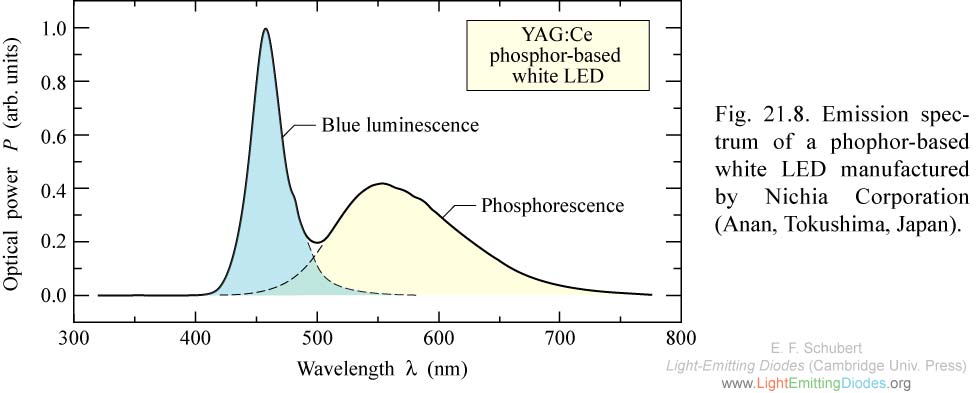I want to put LED lamps in water. Up until now I used epoxy glass for its isolation, but after one year it starts to become opaque and lose its clearness.
What causes the epoxy glass to cloud and become opaque? How can I avoid this problem while keeping the lamps isolated from the water?
